We bought nine cheap Amazon cycling products and put them to the test
There's actually some great hidden gems...
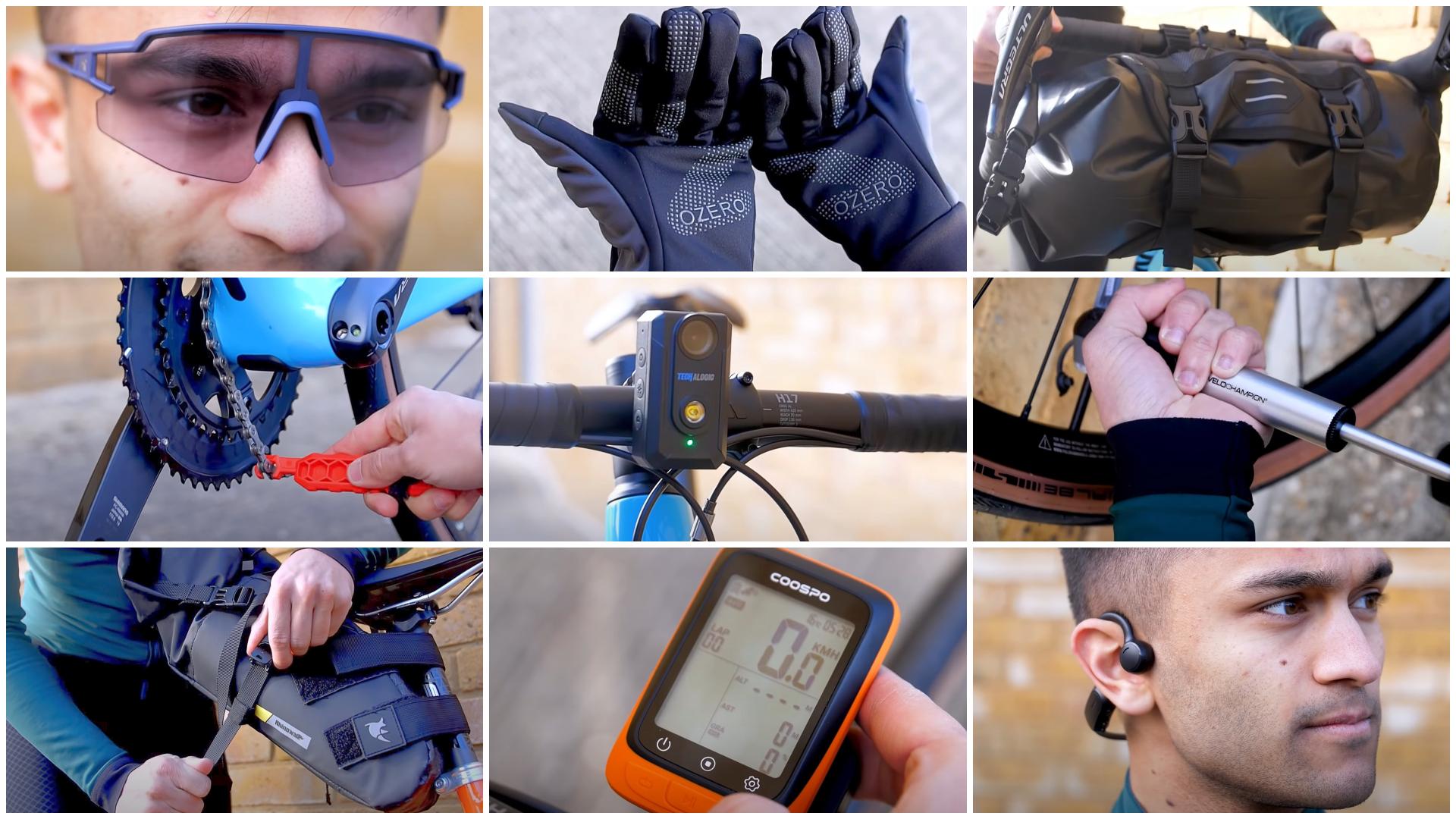

We’ll hold our hands up: so much of the coverage from the cycling media is of big glossy brands selling their big glossy products.
But what about all of the kit right at the other end? All that stuff that's so cheap and just so easy to order off Amazon? How bad – or how good – can it be?
We’ve loaded up the virtual basket and checked out with a range of keenly priced accessories to see how they stack up, let’s get into it.
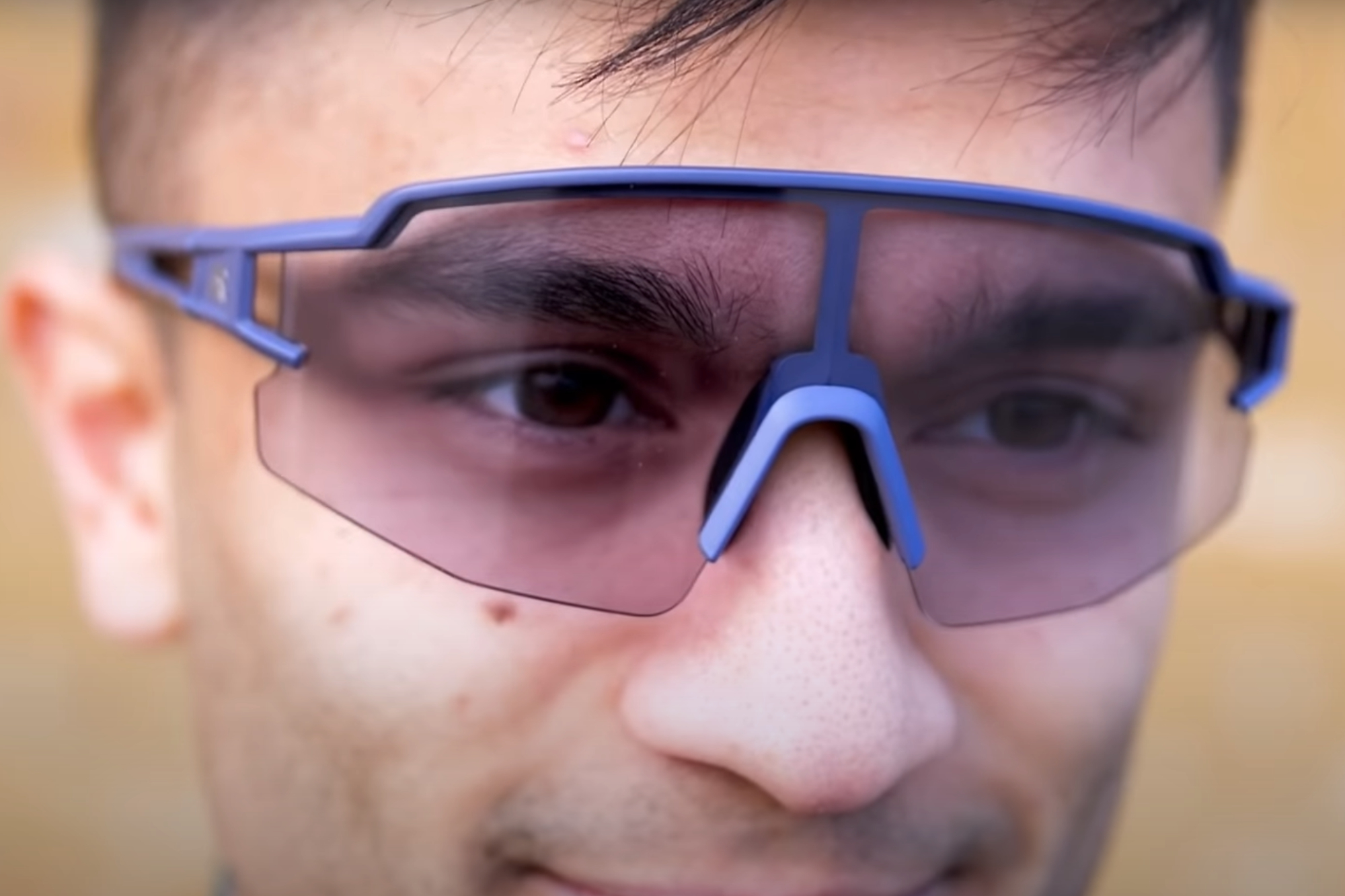
1. Rockbros Photochromic Sports Sunglasses
We were really quite impressed by these glasses. They offer a respectively wide coverage and cut a fairly modern look with their half frameless design.
Compared to more expensive photochromic lenses, they don’t go quite as light or quite as dark. The time it takes for the lenses to change their tint takes a little longer too.
But with that said, they are still very much good enough for use in low light conditions. I wouldn’t wear them for night riding, but from about 45 minutes before dawn and the same duration after sunsets, they are totally clear enough for riding.
They weren’t quite overwhelmed by the full UK sun, but it felt a little close to the limit. For those with more sensitive eyes – and for riders in brighter locations – you’d probably want a more heavily tinted set of glasses.
Likewise, with the speed of the tint change, the lenses were fine on open road rides – where they only needed to adapt to the thickness of the clouds or the height of the sun in the sky – but for dropping in and out of thickly wooded sections, the lag did prove a bit of an annoyance over more quickly adapting glasses.
If you need a more performance oriented lens with a slicker, more stylish aesthetic, there are options like the Tifosi Rail, which comes in at $79.95. For further gains, you can naturally continue paying more, but the benefits do become ever more marginal.
Still, if you are just after the functionality of photochromic sunglasses – rather than demanding the highest performance from them – then the Rockbros offering does provide that at a reasonable price.
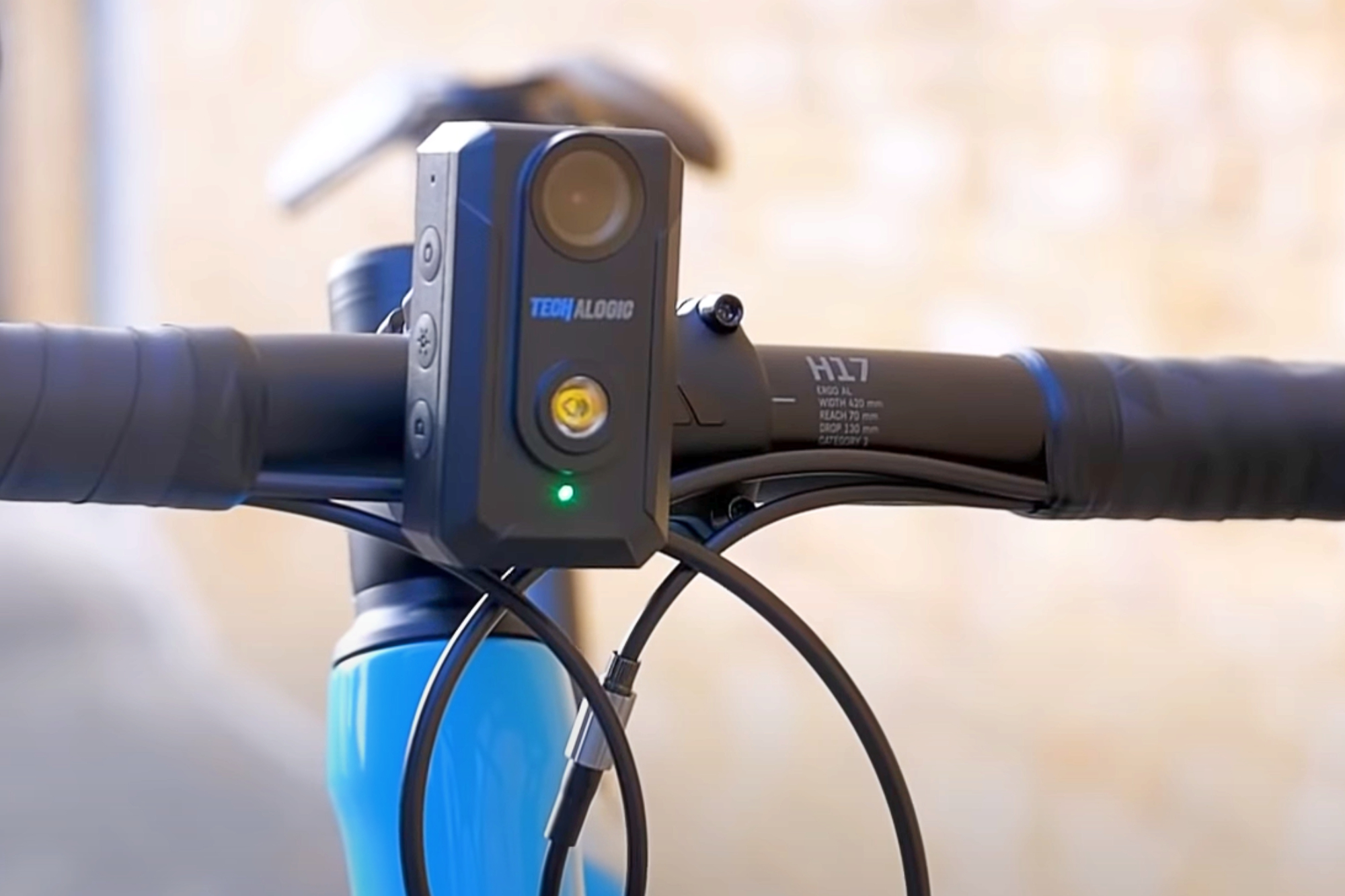
2. Techalogic CF-1 Front Cycle Camera
First off, the right way to think about the Techalogic CF-1 Front Cycle Camera is as a dashcam for your bike. It’s not trying to compete on the same plane as GoPro for cutting together a ‘slick edit’.
And against the best bike and helmet cameras, it’s actually really quite impressive. Of course, the casing looks quite boxy and basic, the claimed 400 lumen light isn’t as bright as others that claim the same count and the unit itself doesn’t offer much in the way of user feedback. It’s controlled by three buttons and has a single green light to communicate with you, rather than any form of screen.
But really, none of those quibbles are a massive issue, the Techalogic CF-1 still very much does the job it’s supposed to. The 1080p footage is high enough resolution to capture everything you need in the event of an incident – including a number plate – and any close encounters with wildlife on quiet lanes.
With the inputs being quite so simple, that doubles as a pro: one button to turn the camera on, one button to turn the light on, one button to take a still – it’s as foolproof as you could wish for in a practical product. No faffing about with menus or different settings.
The front light is a bit dim for a claimed 400 lumens, but it’s still bright enough for riding on lit city streets and will get you down your driveway. But for proper night riding, you will need an additional light.
The battery life is four hours when recording and with the light on, it’s seven hours when recording with the light off, which should pretty much cover the typical use cases for the light.
For comparison: cycliq has a much slicker looking FLY12 CE bike camera and light. The image quality is better – for some it’d be enough to render a GoPro as overkill – and the light is much more powerful at 600 lumens. It’s controllable through an app and and ANT+ and you can edit and share footage on the go – essentially everything you’d expect from a quality bike camera these days
But at almost 3 times the price, for people wanting just the basic functionality of a bike-cam, the Techalogic CF-1 Front Cycle Camera makes so much more financial sense.
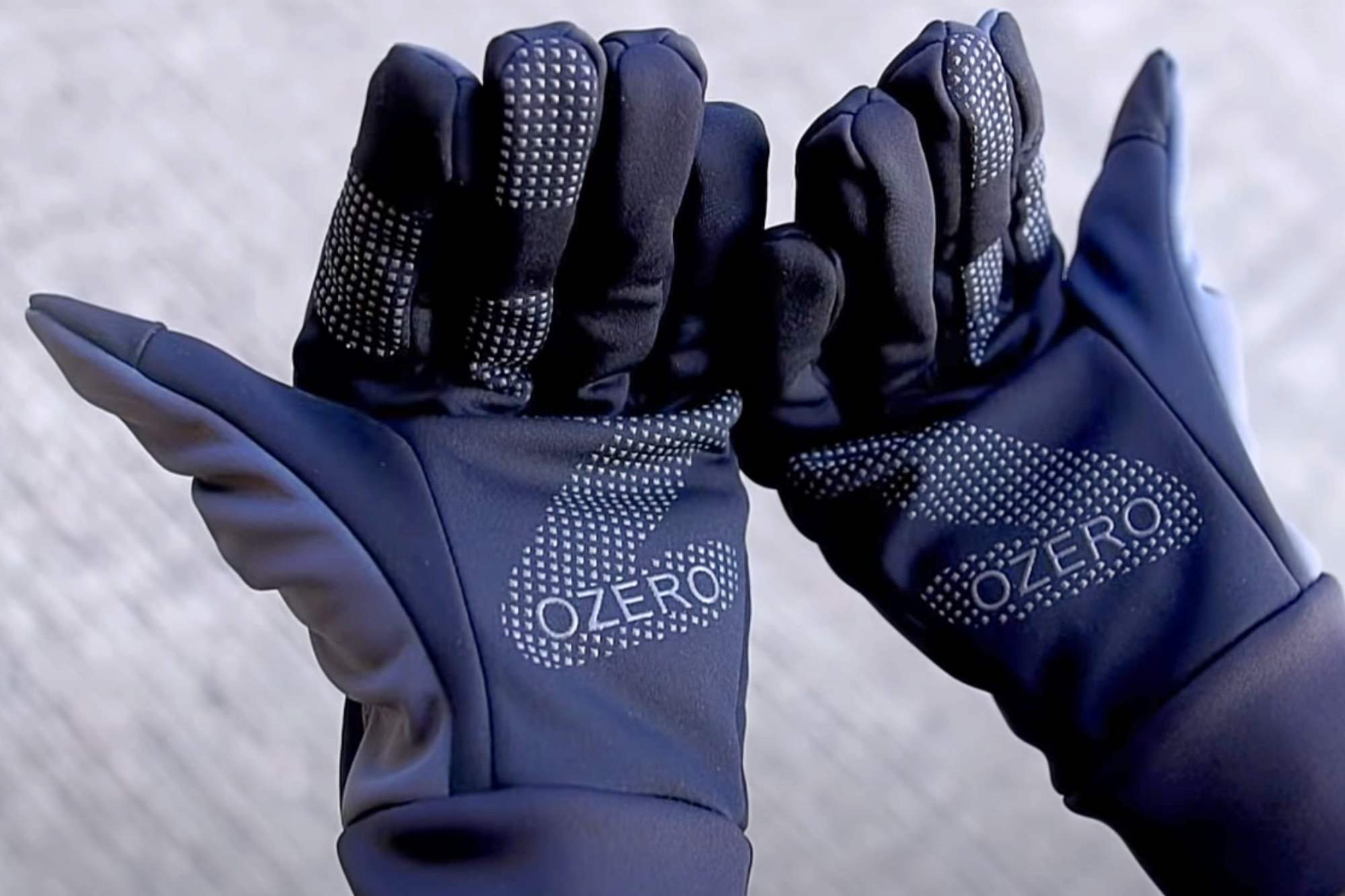
3. Ozero Cycling Gloves
There's a reason the best winter cycling gloves are expensive, so for £14.99 we'd take these over bare fingers, but only just.
There’s simply very little that’s good about them. Perhaps most irritating were the bulky fingers, with huge seams at the tips that limited dexterity and made the touchscreen inserts impossible to use for anything but the most basic of actions on a phone or head unit.
Despite the length and width of the fingers being proportionate in terms of the internal sizing, the palms were oddly baggy, leaving your hands to shift around the inside of the gloves and limiting your control of the bike.
The Ozeros manage to combine the bulk of a deep winter glove but with the thermal properties of a lightweight one. Although at some points the gloves claim to be waterproof, they offered less protection from the rain than other gloves merely attest to be water resistant.
Now, the Ozeros are particularly cheap, so it’s not exactly fair to expect too much of them. The take home point is really that cheap gloves are a false economy. If you hang around for the sales, you can get gloves that perform so much better for about £10 / $10 more – a worthy investment.
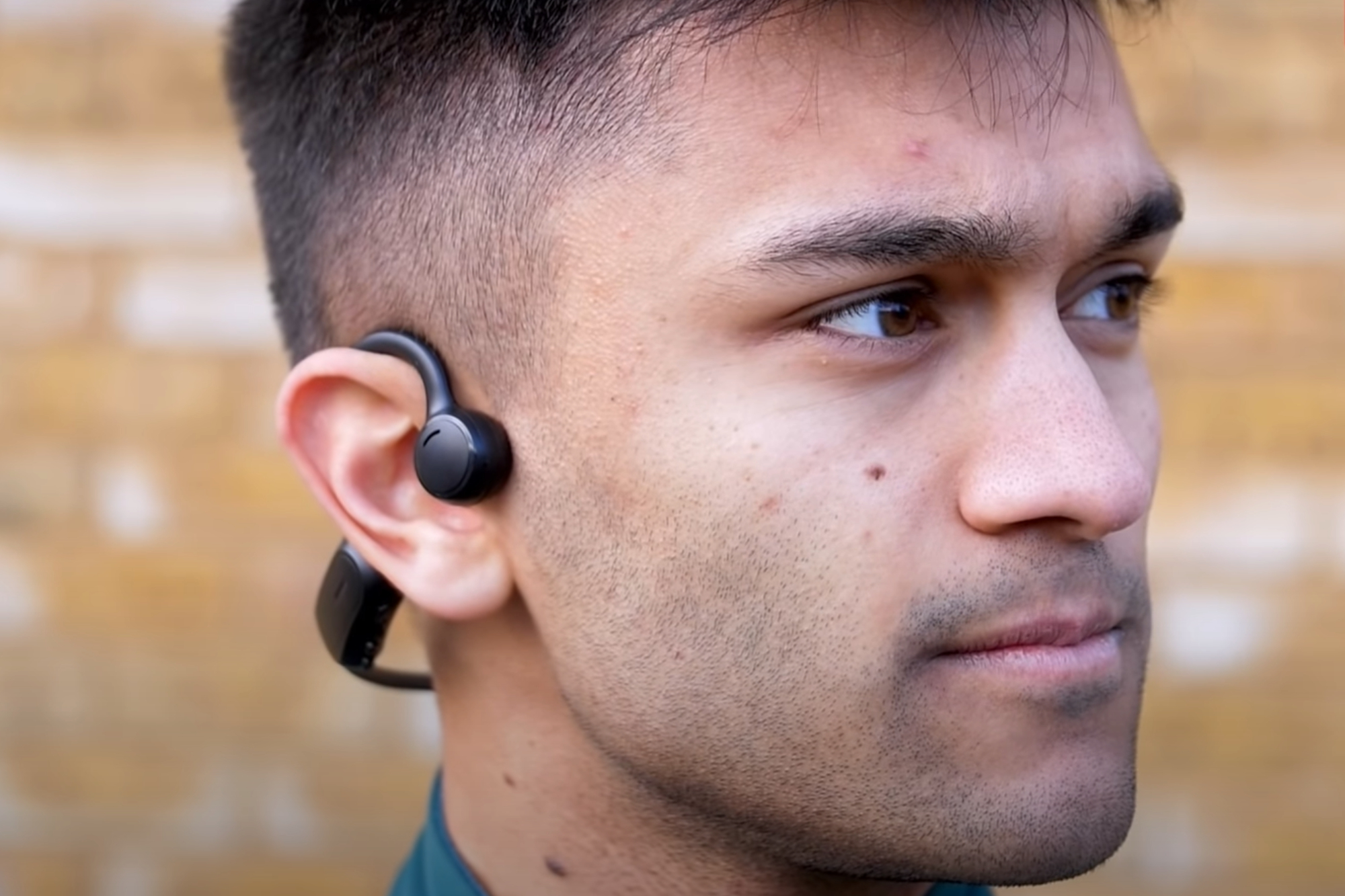
4. Air Conduction Open Ear Headphones
The best bone conduction headphones provide a wide range of benefits. Perhaps the most obvious is that by not plugging your ears, they allow you to still hear ambient sounds perfectly well. This helps to keep you safe when cycling and listening, especially around town.
In addition to that, having your ears open means that even during sweaty indoor sessions, you don’t get that uncomfortable swimming pool feeling of water collecting in your ear canal. And for mid ride snacks, you don’t have the issue of ear buds falling out when you’re chewing – although there are those who somehow don’t seem to have an issue with this…
The Air Conduction Open Ear Headphones do offer all of these benefits for much less than, for instance, the Shokz OpenRun bone conduction headphones – which are more than three times the price.
As you would expect, though, there are some substantial differences in what you get for your money.
The OpenRuns are much better at handling bass than the Air Conduction Open Ear Headphones (although as with all bone conduction headphones, that is very much up to a point), while the Air Conduction headphones can be really quite tinny and piercing for treble and voices when turned up to the highest volumes.
The Air conduction also use a micro USB charging port, rather than a proprietary magnetic clip-on cable like the OpenRuns – which can be seen as a positive if you’re prone to losing cables, or a negative, if you’re after the very best in waterproofing.
In all, if you’re after the functionality a bone conduction headphone provides, the Air Conduction Open Ear Headphones do the job and are notably cheap. But if you’re after a more complete experience, you’ll want to be spending a little more.
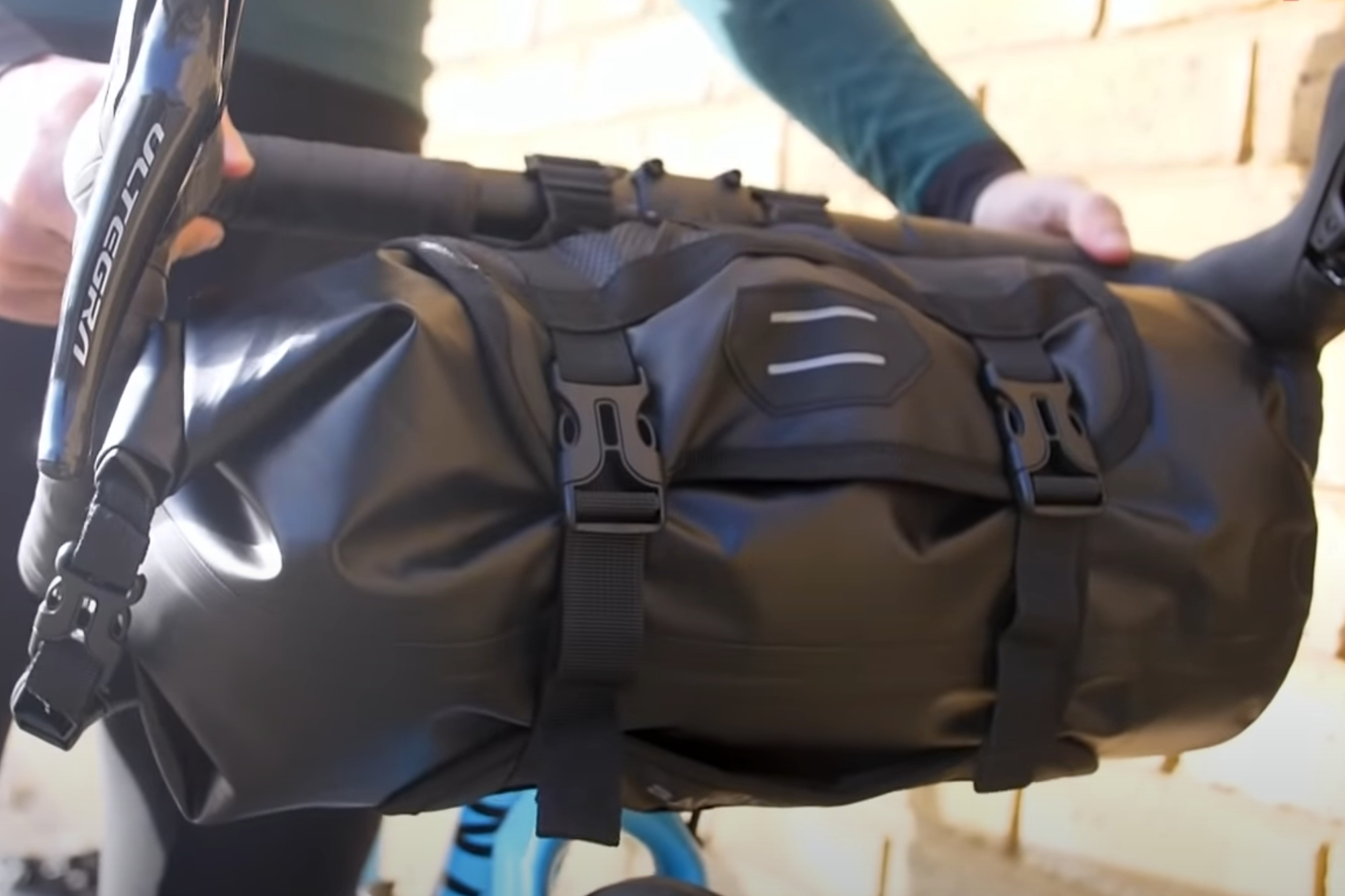
5. Lixada Bike Handlebar Bag
There are a lot of good points to the Lixada Bar Bag. First off, in using a separate holster and dry bag design, it’s very quick and easy to access your things and then mount them back on your bike – it’s made even easier by the velcro backing, which lets you stick the bag to the holster, then leaving your hands free to do up the clips, it’s a very nice touch.
The dry bag itself is waterproof and felt rugged and durable. When mounted on the bike, the system doesn’t lock down completely solid, there’s still a bit of bouncing on rough terrain, but so long as you aren’t taking it on mountain bike trails, it’s not a problem at all.
There are still a few niggles with the bag, though. First omission is the lack of webbing on the holster section of the set up, the addition of which would have made for a nice place to stash a waterproof.
Second is the lack of a dual sided entry to the bikepacking bag – it makes fishing things out from the bottom a bit of a pain. They would have been easy to reach coming from the other side. Finally, the Velcro straps for attaching the holster to the bike feel rather basic and are difficult to get a good tension with.
There are other bar bags which address all these niggles head on, such as Retrap’s simply named ‘Bar Bag’. But that costs over five times as much.
If you’re planning on getting a lot of use out of the bar bag, you would likely be better served by going for something that’s a delight to use in all instances. But if you’re just looking to dip your toes into bikepacking, the Lixada bag does provide the fundamental functionality you need and at a price that’s reasonable.
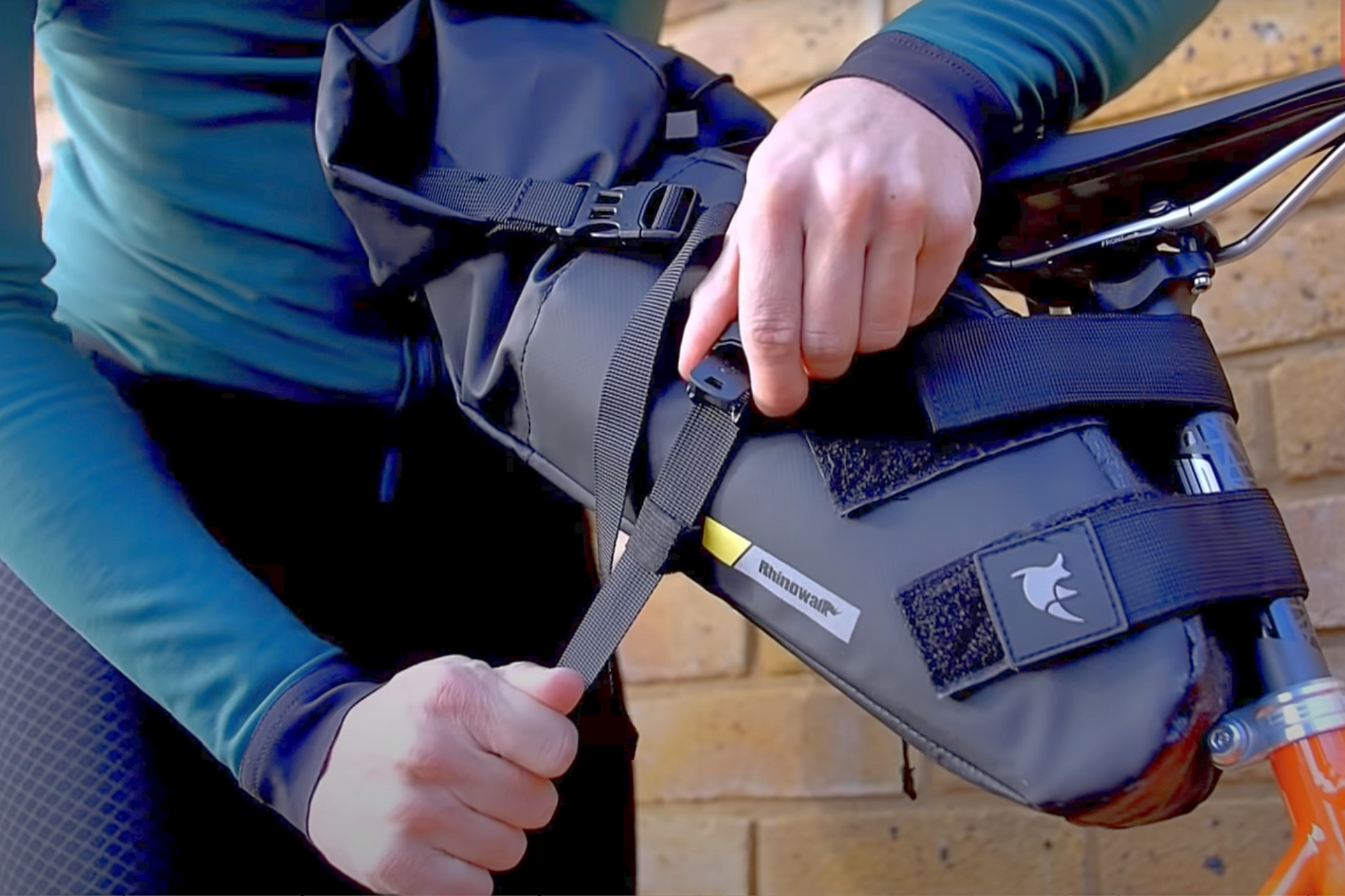
6. Rhinowalk Bike Saddle Bag
The Rhinowalk giant saddlebag is actually really impressive. It might not hold quite as much as some of the larger saddle bags on the market – you get some going up to 17L – but you’ll still be covered for a wide range of bikepacking with the capacity it does have.
I really liked the bright internal lining, it makes it so much easier to find smaller items. It’s pretty easy to mount and does a reasonable job at staying in place – although to some extent that does depend on the way you're packing it.
The webbing on the top makes for a great place to stash a waterproof or a few extra snacks, and it’s even got some hoops for a rear light and reflective detailing. However, the seams aren’t taped so still make sure to pack your things that can’t get wet in a dry bag.
A separate holster and dry bag design does make it easier to quickly access your things, but, as an example, Restrap’s one is three times the price. But if you’re only bikepacking on a couple of weekends or weeks a year, then perhaps you don’t need quite all the bells and whistles of the very best saddlebags.
As a budget bag, Rhinowalk has a great option.
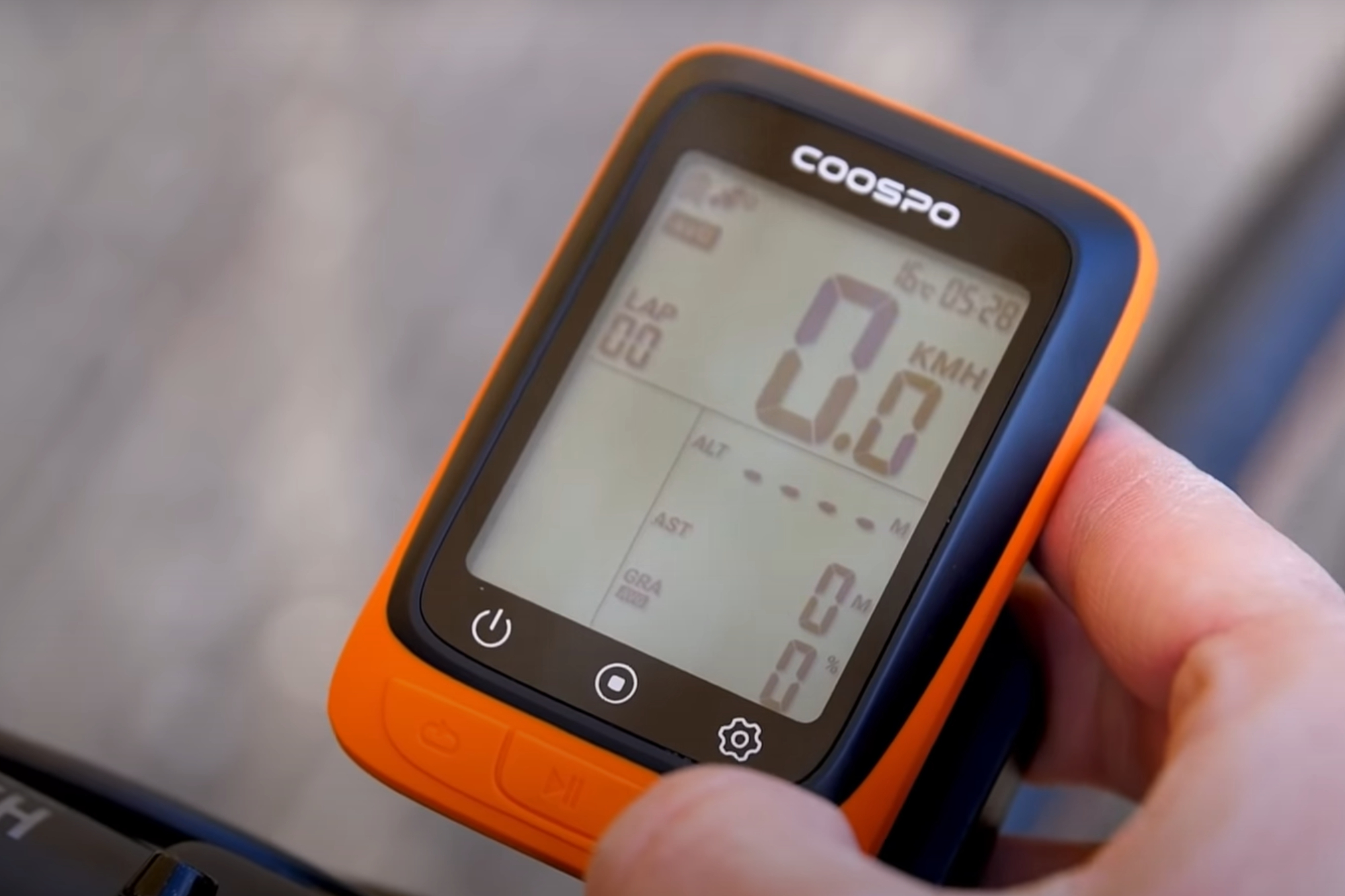
7. CooSpo Bike Computer
There’s a lot to get through with this one: some good points, some niggles, and some questioning of who this would really be useful for.
First off, it’s a pretty straightforward and effective device. The display is clear and shows a wide variety of metrics, it has bluetooth and ANT+ for connecting all the usual heart rate monitors, power meters, speed sensors and so on. It also syncs pretty seamlessly with the CooSpo app – from which your ride can then be wirelessly and automatically pushed to Strava. Pretty neat.
But in not offering any form of mapping – not even a breadcrumb trail – it feels like just using your phone would be cheaper and a better experience. There are free and paid mobile apps for cycling such as Cyclemeter which provide you with all those metrics as well as enabling you to follow a route.
To use a phone effectively as a head unit, you need to factor in the price of a handlebar mount, power bank and bag to put the power bank in. But even totting all of that up, the price is still about the same as this cycling computer – but it would offer a much more enriched experience.
Of course, you might prefer the cleaner aesthetic of just a small head unit, knowing the roads well enough to get you about without mapping. It’s less of a concern for riding in wet weather too.
For most people, our advice would either be to use your phone or to save up for a head unit with more advanced mapping. But if you just need a simple data recorder that still shows up a selection of numbers, and quite like the simplicity of a head unit while not being fussed about mapping, then, we suppose, this head unit is for you.
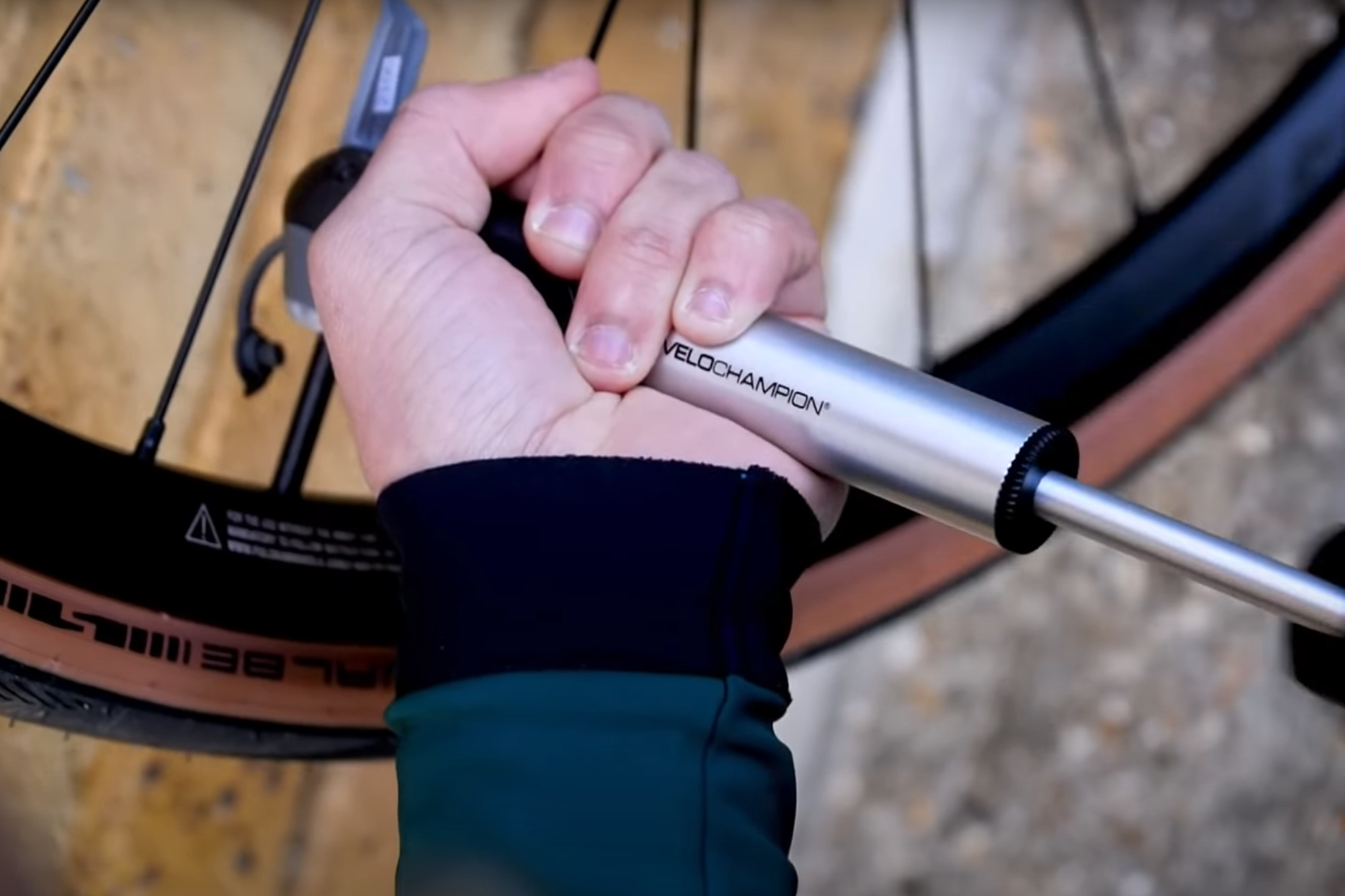
8. VeloChampion Frame Mounted Alloy 7
Now, VeloChampion isn’t a bike accessory brand from the Far East, it was founded in Manchester in 2009. But as one of the cheaper products available on Amazon, we’ve gone on and included it.
The VeloChampion Alloy 7 pump falls in kind of a middle ground. It’s a reasonable size, has the option to frame mount it and passes a reasonable amount of air per stroke. It does essentially everything you need a hand pump to do – whilst also not costing a ridiculous amount.
Perhaps we’re being spoilt by over-engineering when it comes to mini pumps, but even with all that unquestionable functionality, it still feels like the VeloChampion Alloy is missing a clutch of extra features.
For its bulk, we’d be looking for a pump which can inflate on both the pull and and push, inflating the tyres twice as quickly. I’d also be after some form of pressure gauge too, something along the lines of Topeak’s ROADIE DA G pump.
Or, for this level of functionality, we’d expect something much more slimline, like any number of the best bike pumps from Lezyne, Topeak, Birzman or even the bike brand Cube, with the ACID PUMP RACE MICRO.
Now, both of these are proportionally much more expensive, being around £25 for the Topeak and £20 for the Cube. Depending on your situation, that extra £10 or £15 additional investment is a no brainer, especially considering the years it’ll last you for.
But if you’re just getting into cycling – or simply don’t want to throw money at what’s supposed to be a cheap hobby – you’ll still be able to get air in your tyres with the VeloChampion bike pump.
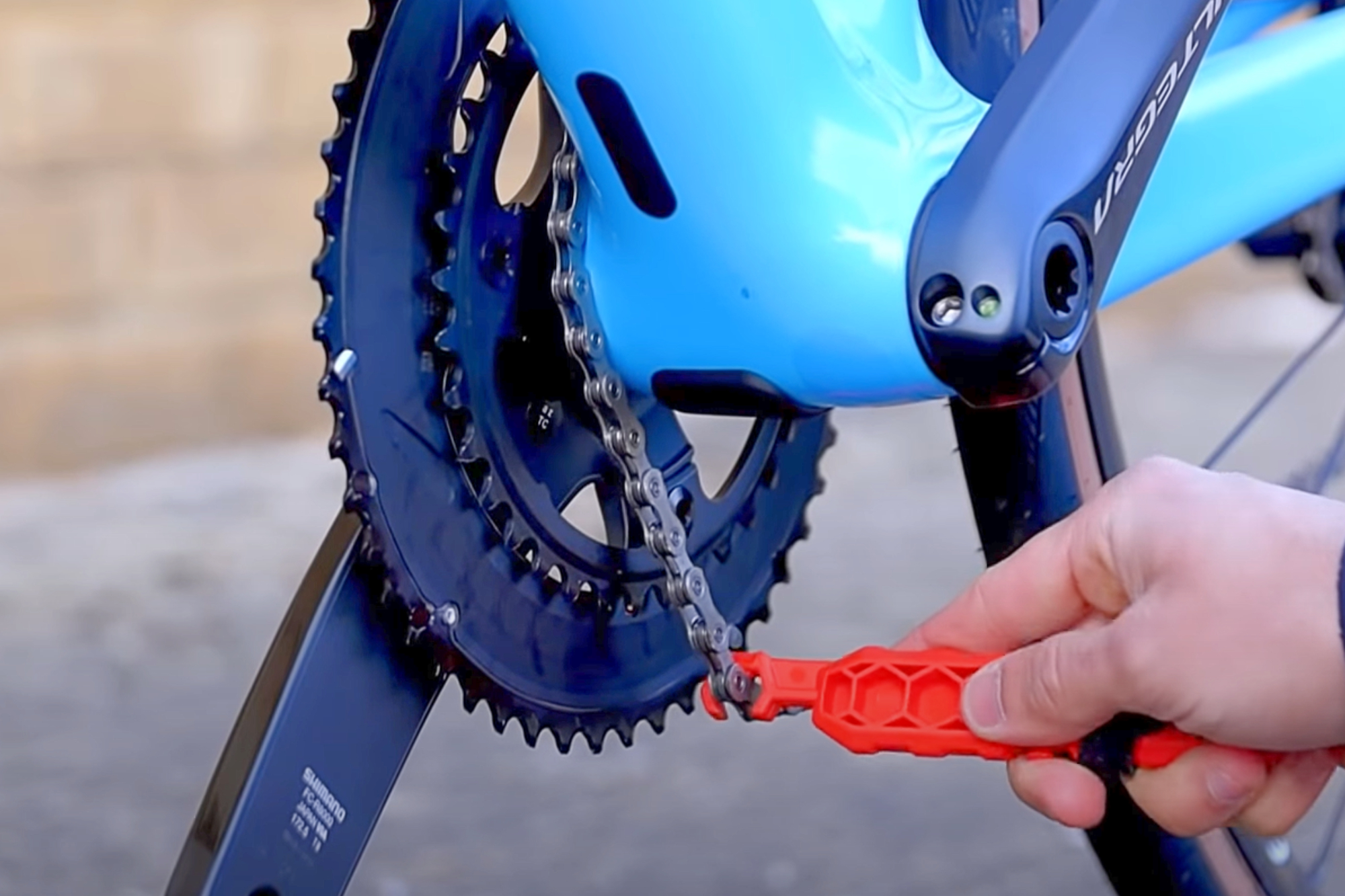
9. Rehook Colour
Not to be unduly harsh, but the most useful aspect of the Rehook is as an object lesson in treating the symptom and not the cause.
Fundamentally, your chain simply should not be falling off often enough to warrant a dedicated tool for putting it back on – even if it does come with a neat little elasticated strap for attaching to your frame and weighing only 20 grams.
If that is happening to you frustratingly often, it’s typically a sign that either your front derailleur needs adjusting or that your chain / chainrings are worn out. Either way, it’s a problem that needs addressing at its root, rather than just trying to mitigate its effects.
But then what do we know: the tool was featured on British TV show Dragon’s Den and not only managed to eek out an offer from the notoriously reluctant Deborah Meaden, but instataged a full blown bidding war up to that point.
But in terms of its use, it is actually very effective at putting chains back on. The hook fits very neatly into the wider links of a chain and is quite satisfying to use – much better than a twig or a broad leaf for keeping your fingers clean.
Of course, you could use a disposable glove, which packs down very small into a saddle bag, weighs next to nothing and costs significantly less when bought in a larger packet. But then again, it is nice to cut down on single use plastics.
Either way, this is an Amazon special you’d do well to save on buying.
Get The Leadout Newsletter
The latest race content, interviews, features, reviews and expert buying guides, direct to your inbox!

After winning the 2019 National Single-Speed Cross-Country Mountain Biking Championships and claiming the plushie unicorn (true story), Stefan swapped the flat-bars for drop-bars and has never looked back.
Since then, he’s earnt his 2ⁿᵈ cat racing licence in his first season racing as a third, completed the South Downs Double in under 20 hours and Everested in under 12.
But his favourite rides are multiday bikepacking trips, with all the huge amount of cycling tech and long days spent exploring new roads and trails - as well as histories and cultures. Most recently, he’s spent two weeks riding from Budapest into the mountains of Slovakia.
Height: 177cm
Weight: 67–69kg
-
 Gear up for your best summer of riding – Balfe's Bikes has up to 54% off Bontrager shoes, helmets, lights and much more
Gear up for your best summer of riding – Balfe's Bikes has up to 54% off Bontrager shoes, helmets, lights and much moreSupported It's not just Bontrager, Balfe's has a huge selection of discounted kit from the best cycling brands including Trek, Specialized, Giant and Castelli all with big reductions
By Paul Brett
-
 7-Eleven returns to the peloton for one day only at Liège-Bastogne-Liège
7-Eleven returns to the peloton for one day only at Liège-Bastogne-LiègeUno-X Mobility to rebrand as 7-Eleven for Sunday's Monument to pay tribute to iconic American team from the 1980s
By Tom Thewlis
-
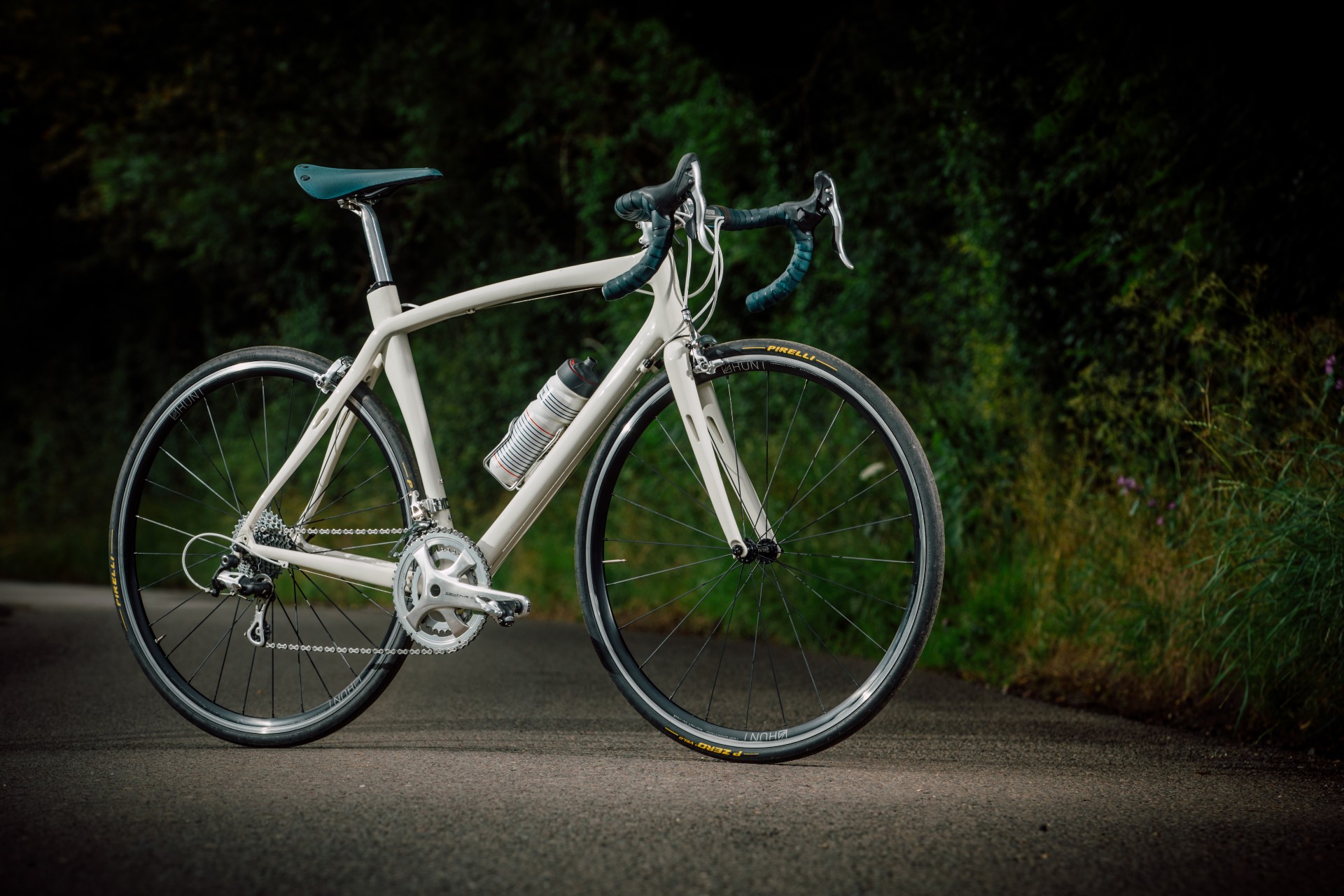 Five cost-effective upgrades to make a second-hand bike feel like new again
Five cost-effective upgrades to make a second-hand bike feel like new againWe run you through the most cost-effective ways to get a 'brand new' feeling from a second hand bike
By Stefan Abram
-
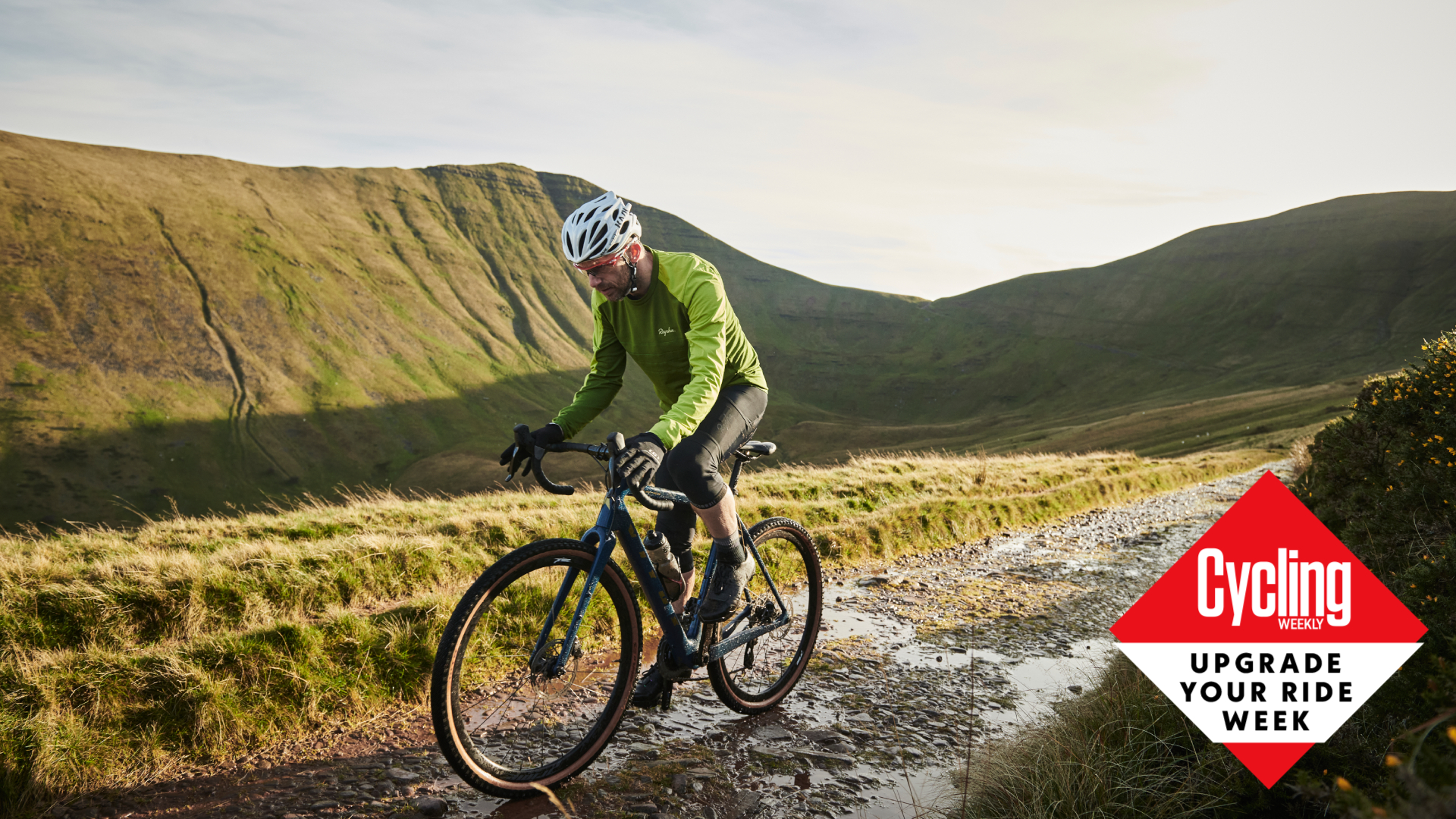 Five simple upgrades to get the best out of your gravel bike
Five simple upgrades to get the best out of your gravel bikeHere's how to to push your bike further – and go faster off-road
By Stefan Abram
-
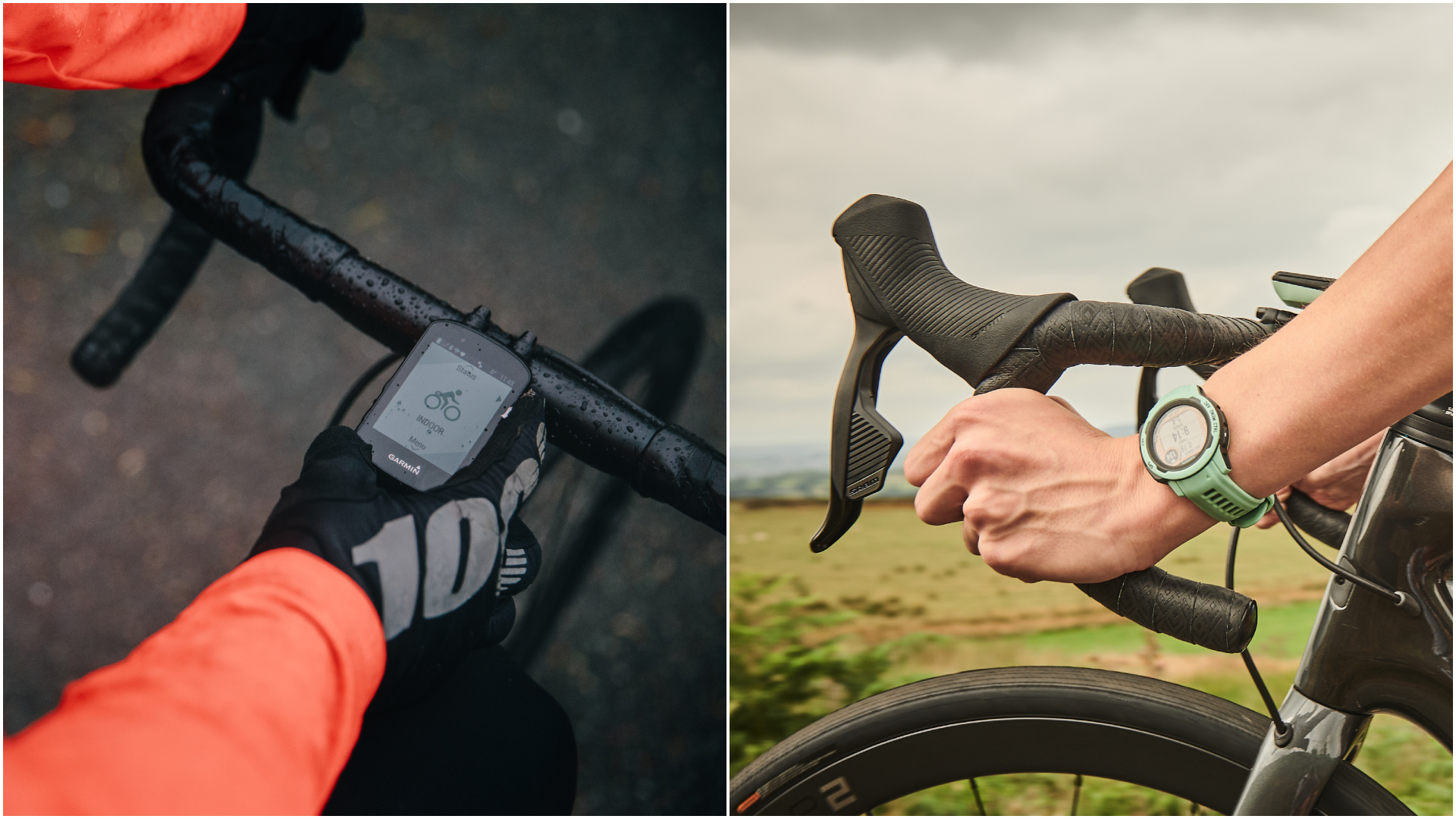 Smartwatch versus cycling computer: which is best for cyclists?
Smartwatch versus cycling computer: which is best for cyclists?Is mapping most important to you? Or would you get more out of 24/7 health monitoring? - we take you through all the pros and cons of wearables versus bike-mounted devices
By Luke Friend
-
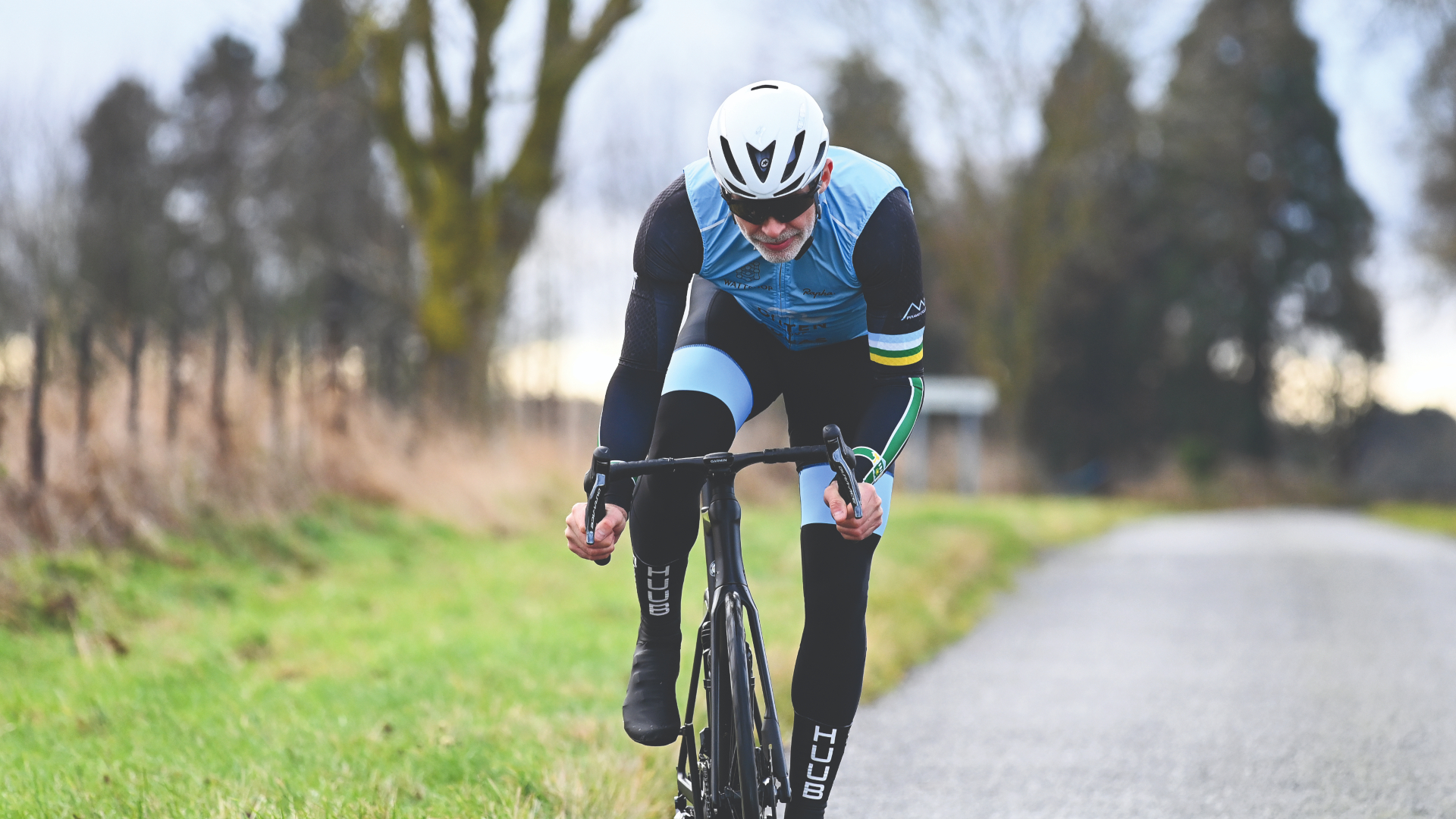 Help the environment; save some money – here's how to make your cycling kit last longer
Help the environment; save some money – here's how to make your cycling kit last longerSurprisingly easy ways to keep your bike gear going and going
By Hannah Bussey
-
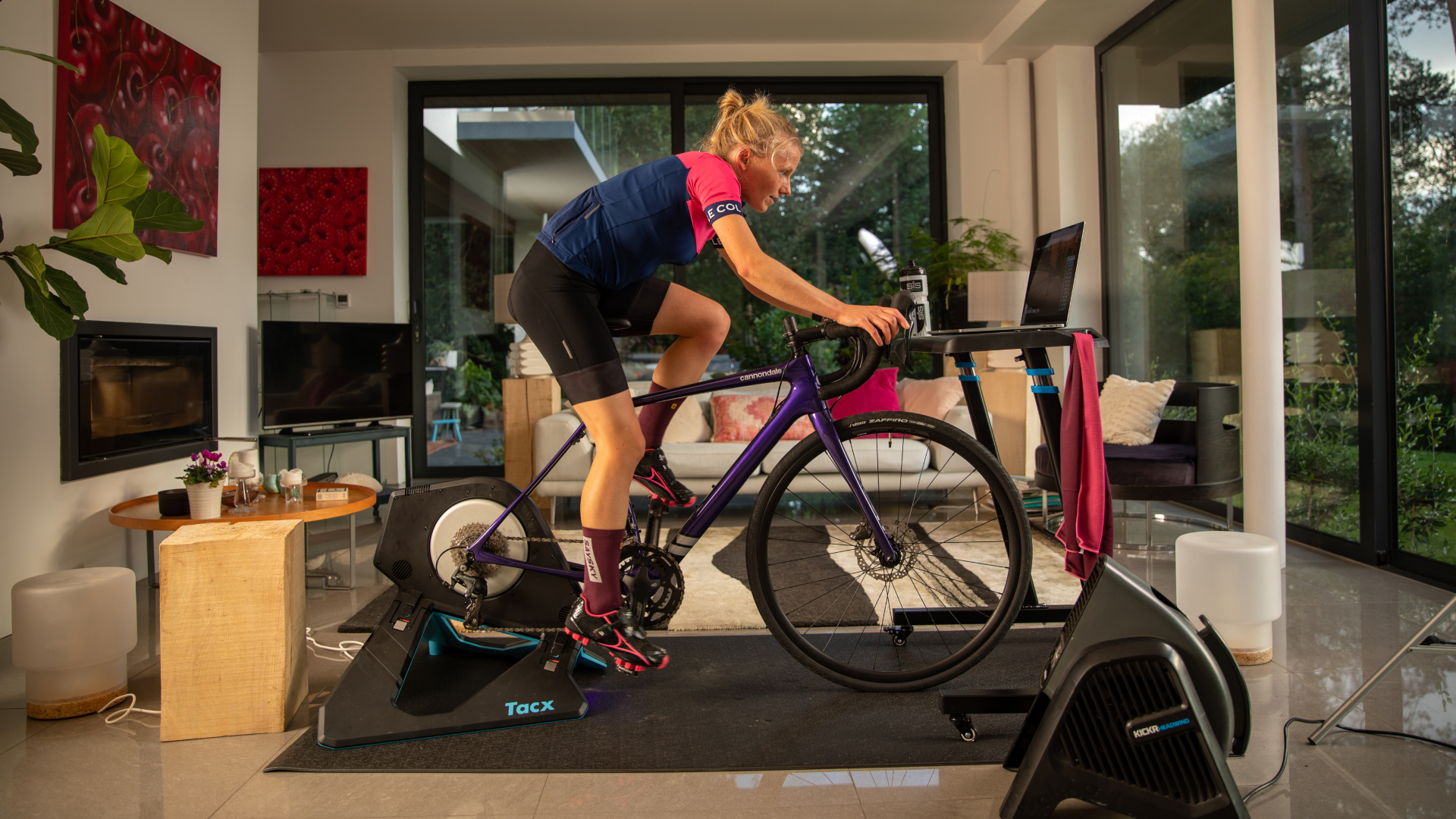 Cheap versus expensive turbos trainers: are you paying four figures for features you don’t need?
Cheap versus expensive turbos trainers: are you paying four figures for features you don’t need?Today's turbo trainers are available at a myriad of price points but what are the differences between entry level and top-tier units? We take a look at the details and their impact on the experience of riding indoors
By Luke Friend
-
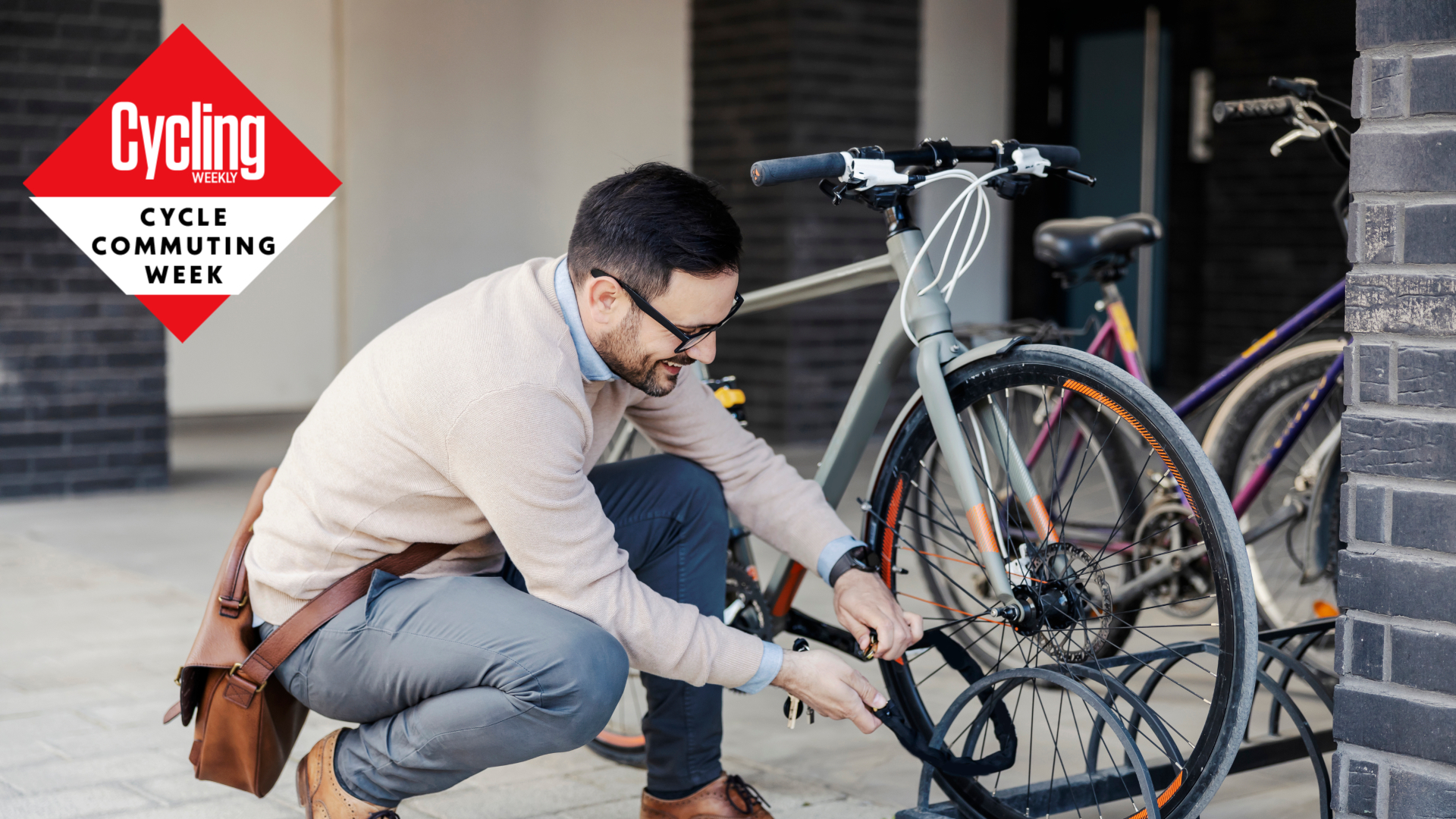 Not all bike locks are created equal, so just how much do you need to spend to protect your bike?
Not all bike locks are created equal, so just how much do you need to spend to protect your bike?Commuting to work requires a bike lock to keep your steed safe, but what are the differences between 'cheap' and 'expensive' locks?
By Luke Friend
-
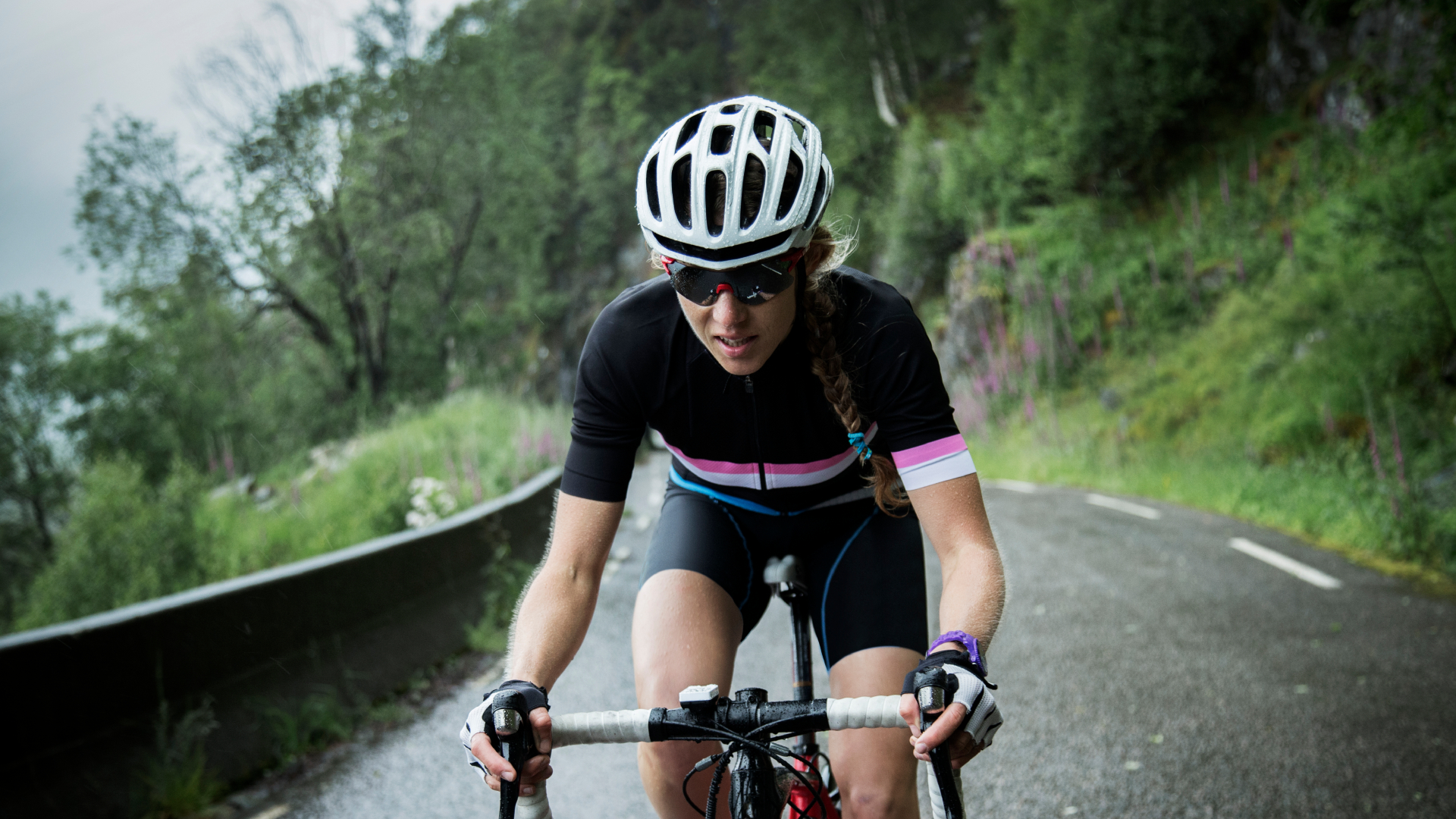 Can cheap road helmets match up to more expensive lids? We look at the key differences
Can cheap road helmets match up to more expensive lids? We look at the key differencesA helmet is a vital piece of cycling kit, providing crucial protection for your head - but how do budget and premium models compare?
By Luke Friend
-
 How do cheap sunglasses stack up against those rocking three-figure price tags? We explain the key differences
How do cheap sunglasses stack up against those rocking three-figure price tags? We explain the key differencesNot only does a set of cycling sunglasses shade your eyes, they provide a mini shield against bugs and debris. Many cyclists won't go out without them – but are expensive models really any better?
By Luke Friend